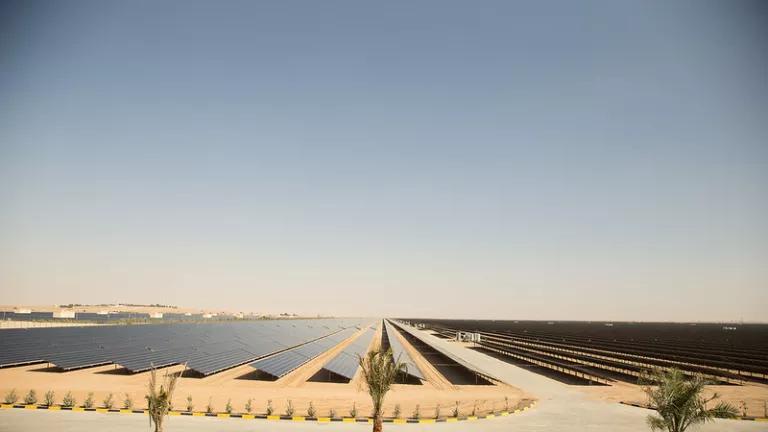President Obama’s new executive order requiring U.S. federal agencies to “undertake actions to enhance climate preparedness and resilience” is the latest sign that the U.S. government is taking climate change seriously. It is fitting that the announcement came a year after Superstorm Sandy wreaked havoc along the northeastern states, and five weeks after the International Panel on Climate Change’s (IPCC) latest report told the world in no uncertain terms that humans are causing climate change and that it’s time we do something about it. The importance of Obama’s executive order did not go unnoticed in other countries – particularly in Latin America, where millions of people are already feeling—tangibly and tragically—the effects of a warming planet every day. The good news is that many countries in Latin America are actually ahead of the U.S. in exploring creative and innovative ways to adapt to climate change.
Latin American countries are already thinking seriously about adaptation because climate change is a reality for people there now. The tropical glaciers in the Andes of Peru, Bolivia, Colombia and Ecuador are melting at unprecedented rates, threatening communities’ water supplies, electricity and food. Warmer oceans threaten the region’s fishing and tourism industries, for example in the Caribbean where 80 percent of the coral reef cover has been lost in recent years. Costa Rica has already lost $168 million in agriculture and cattle ranching due to droughts over the past two decades. Hurricanes “Manuel” and “Ingrid” hit Mexico hard in September this year, killing over a hundred people. In short, countries in the region take climate change seriously because they have to.
In fact, the Pew Research Center found that approximately 65 percent of people in Latin America say global climate change is a major threat to their country – more than any other region surveyed. Adaptation policies and measures are therefore critical tools for current and future governments to invest in. A quick internet search shows that 16 of the 20 countries in Central and South America (including Mexico) have national climate change adaptation agencies, strategies or plans. Here are just a few interesting and diverse examples of how different countries the region are adapting to current and future changes in the earth’s climate.
- Peru, where the fresh water supply is highly dependent on its glaciers, is developing activities that integrate water resource management in glacial watersheds of the Shullcas River area. These activities are designed to promote more efficient use of water, and include conserving grasslands in high-altitude areas and reforesting higher and medium-altitude areas so that the land can better retain water, and improving irrigation infrastructure in low-altitude lands. These rural techniques will be complemented by efficient water consumption measures and the strengthening of water management authorities in urban areas.
- The World Bank reports that Bolivia has over 200 adaptation projects in the country. One of them involves increasing the productivity of the Ayllus pastures in Comanche by planting native species in uncultivated or degraded soils. Soil management and conservation techniques are critical to agricultural areas and food supply, and in Bolivia agriculture employs approximately one-third of the workforce.
- El Salvador, the fourth most vulnerable country in the world to climate change, has suffered a great deal of infrastructure damage in the past few years due to intense storms and flooding. This year the Ministry of Environment and Natural Resources released a broad plan to identify priority areas at risk and to select effective adaptation actions. One of the key projects entails elevating houses and community latrines, to help alleviate the risk that homes will be destroyed by future flooding and/or extreme weather events as well as the public health risks of flooded community latrines.
- Mexico’s environmental authorities are working on adaptation plans for natural protected areas, such as the Calakmul Biosphere Reserve and the Bala’an K´aax Protected Area for Flora and Fauna in the Yucatan Peninsula. They identified 29 priority adaptation strategies to help deal with climate change in the reserve’s jungle, including training local communities to more efficiently manage forest fires that may occur due to future extreme weather events, and protecting the local pollinators to help encourage the growth of native species and healthy ecosystems.
These examples illustrate that there are many, many types of climate change adaptation strategies. Latin American governments have already begun developing and testing some, and in that sense have a good head start on the U.S. To maintain their leadership on this work, and –more importantly—to truly help people throughout the region adapt to the new realities that changing weather patterns will bring in the coming years and decades, Latin American governments need to prioritize the development, implementation and continuous improvement of these strategies so they can share this experience with others.




